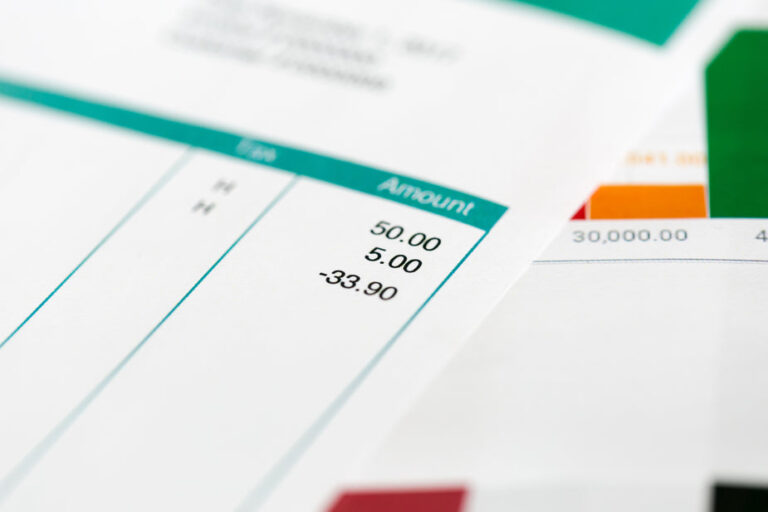In the world of economic jargon, few phrases spark as much hope as the ‘V-shaped recovery.’ It conjures images of economies that fall hard but rise even faster, bouncing back with vigour after a downturn. As Australia eyes the global economic landscape in 2025, understanding the mechanics and implications of a V-shaped recovery could be crucial for households, businesses, and investors alike.
What Is a V-Shaped Recovery?
A V-shaped recovery describes a sharp economic decline immediately followed by a strong, rapid rebound—think of the letter ‘V.’ It’s the gold standard of recoveries, contrasting with slower, drawn-out U- or L-shaped rebounds. After a shock—such as a financial crisis, natural disaster, or pandemic—the economy contracts sharply but then quickly regains lost ground, returning to its pre-crisis trajectory.
Key features of a V-shaped recovery include:
- Rapid contraction and expansion: The downturn is deep but short-lived.
- Swift return to growth: Output, employment, and confidence bounce back within months, not years.
- Restored business and consumer confidence: Spending, investment, and hiring return to normal quickly.
Recent Examples and the Australian Context
The textbook example of a V-shaped recovery was seen globally following the initial COVID-19 lockdowns in 2020. After GDP and employment figures plummeted in Q2, fiscal stimulus, low interest rates, and pent-up demand fuelled a strong rebound in the latter half of the year. Australia’s own economic data painted a similar picture: after a technical recession, GDP growth surged by 3.4% in Q3 2020, one of the fastest quarterly jumps on record.
In 2025, economists are watching for similar dynamics as Australia navigates post-pandemic supply chain shifts, climate-driven shocks, and global monetary policy changes. Key elements that can drive a V-shaped recovery here include:
- Strong government and RBA policy responses: Recent federal budgets have prioritised infrastructure, green technology, and cost-of-living relief, while the Reserve Bank of Australia (RBA) has maintained a watchful eye on inflation and employment.
- Resilient consumer spending: Despite pockets of household stress, overall spending has remained robust, supported by wage growth and a tight labour market.
- International trade tailwinds: High demand for Australian minerals, energy, and food exports has supported national income, even as global conditions fluctuate.
Will Australia See a V-Shaped Recovery in 2025?
While V-shaped recoveries are the most desirable, they’re not guaranteed. Several factors are shaping Australia’s economic trajectory in 2025:
- Inflation and Interest Rates: After a rapid tightening cycle, the RBA is signalling a possible pause or even rate cuts if inflation continues to trend down. Lower borrowing costs could spur investment and spending, reinforcing a V-shaped bounce.
- Labour Market Strength: Unemployment is hovering near historical lows, with skills shortages in key sectors. If job growth remains strong, household incomes and spending are likely to underpin a swift recovery.
- Housing and Construction: Government incentives for first-home buyers and social housing, coupled with easing material costs, may boost construction activity—a major driver of GDP growth.
- Risks from Abroad: China’s economic slowdown and ongoing geopolitical tensions could weigh on exports, while global commodity prices remain volatile. A sudden external shock could dampen recovery prospects.
Still, with business and consumer confidence rebounding and policymakers poised to support growth, Australia is well placed for a V-shaped recovery scenario—especially if global headwinds ease.
What Does It Mean for You?
If the economy does follow a V-shaped recovery in 2025, there are several implications for Australians:
- Investors: Volatility may create opportunities in equities, property, and growth sectors as markets rebound quickly.
- Business Owners: A fast recovery can mean stronger demand, easier access to finance, and opportunities to expand or hire.
- Households: Job security and wage growth typically improve in a V-shaped rebound, making it easier to manage debts and plan for the future.
However, rapid recoveries can also bring inflationary risks and supply bottlenecks, so staying nimble and informed is key.

